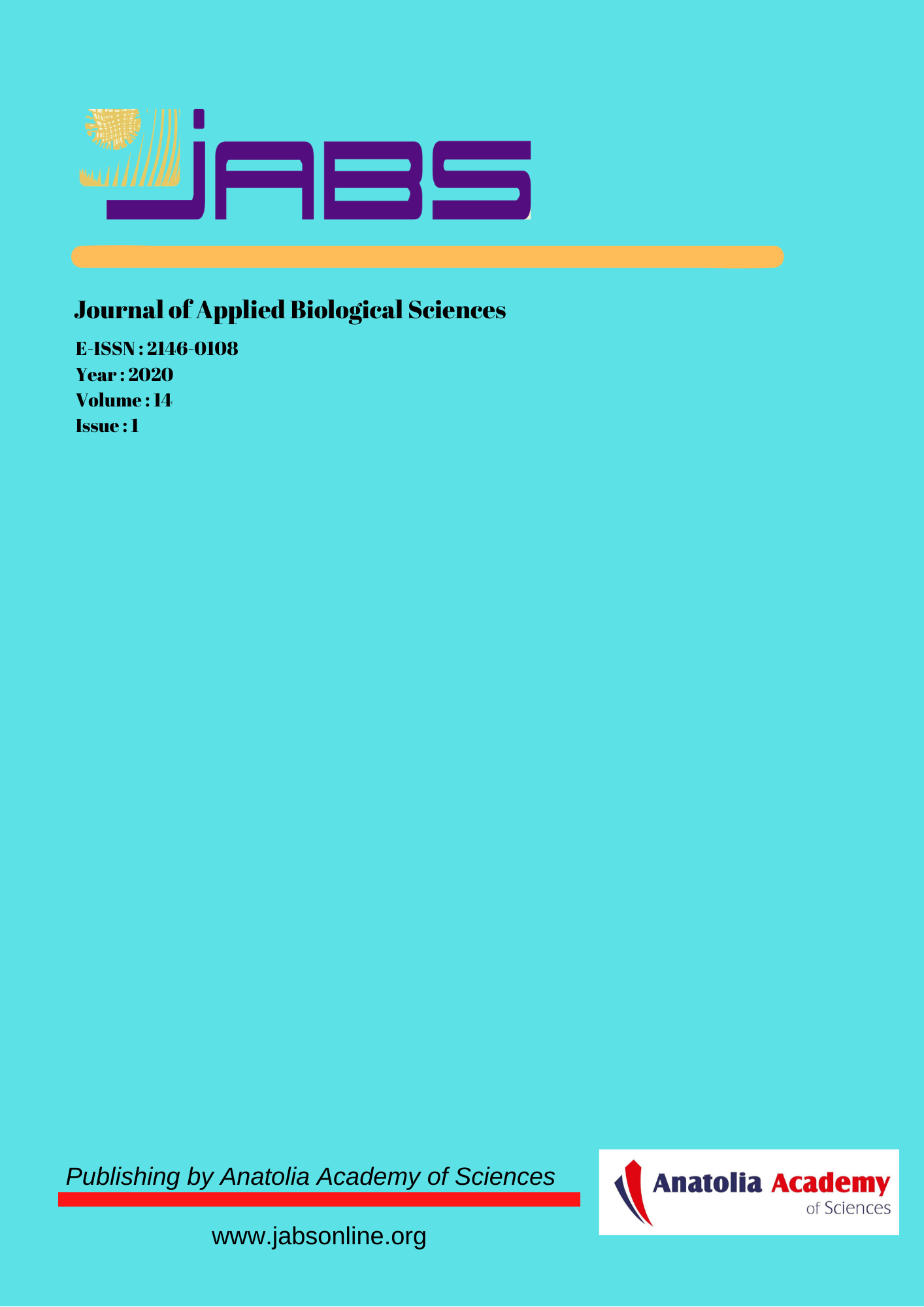
Journal of Applied Biological Sciences
Yazarlar: Abolfazl NASSERI
Konular:-
Anahtar Kelimeler:Winter wheat,Wheat yield,Limited irrigation,Irrigation management
Özet: This study was conducted to develop production function of winter wheat (cv. Shiroudi) under water stress condition in Moghan (north-west of Iran) climate condition. The experimental treatments were based on irrigation events as two (I1), three (I2), four (I3) and five (I4) irrigation during wheat growing season. Results revealed the applying four and five irrigation events produced similar grain, biological, straw yields, 1000-grain weight and harvest index. The grain yield ranged from 5.8 to 6.9 t ha-1, straw yield were from 5.6 to 6.4 t ha-1 and biological yield ranged from 12.1 to 13.3 t ha-1. Based on the findings of the present study, there are four irrigation events with normal irrigation are sufficient for wheat cv. Shiroudi to obtain optimum production in Moghan and similar climate conditions. Production polynomial models as a function of applied water were worked out by regression analysis for grain, straw and biological yields, harvest index and 1000-grain weight. These functions can be applied to predict grain, straw and biological yields of wheat by available water for irrigation.